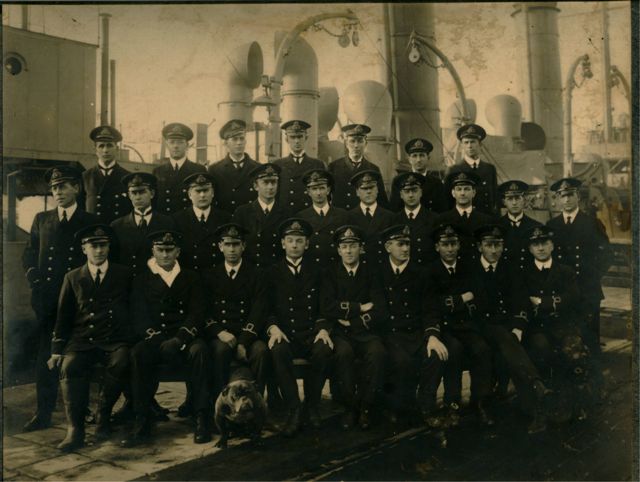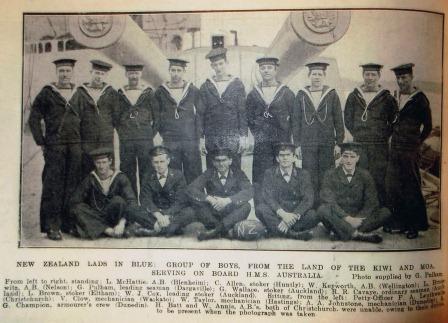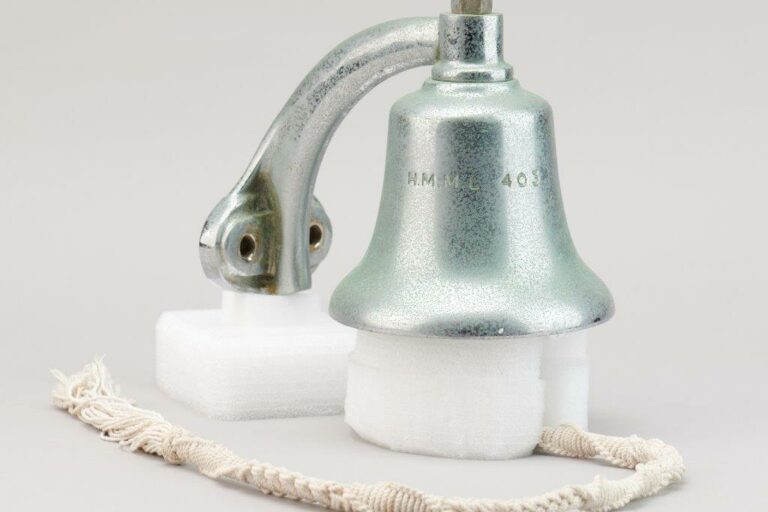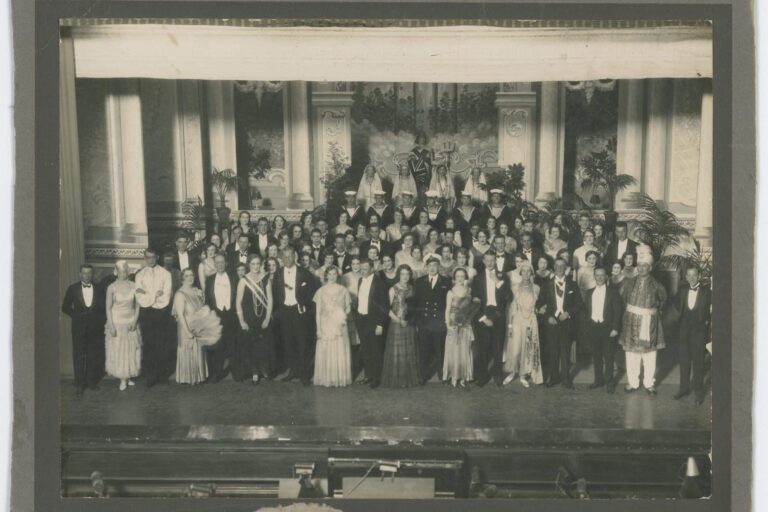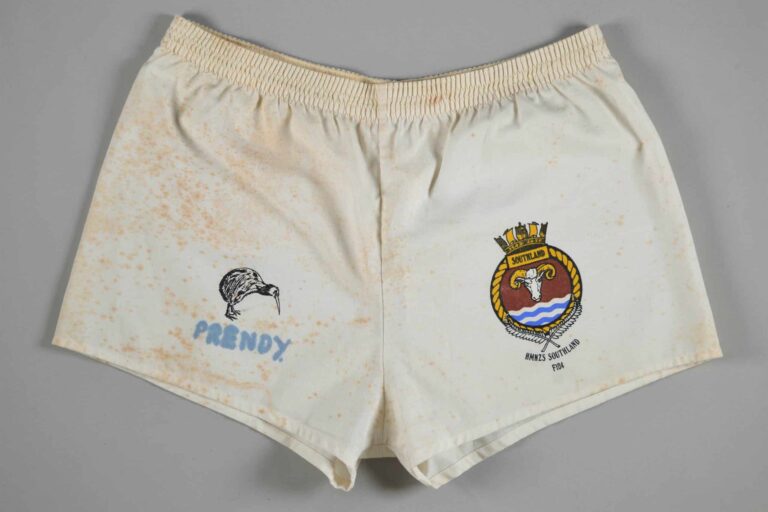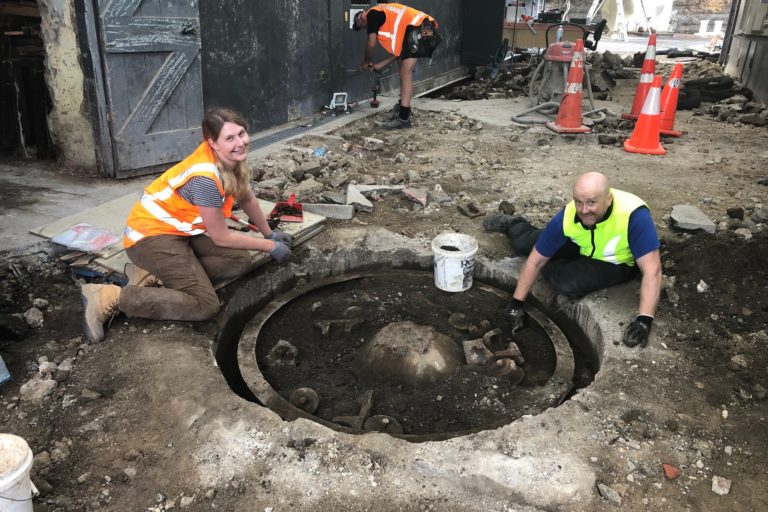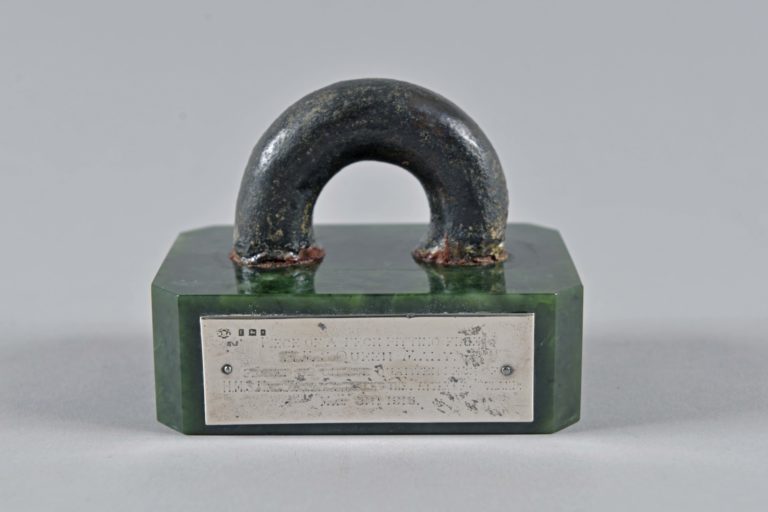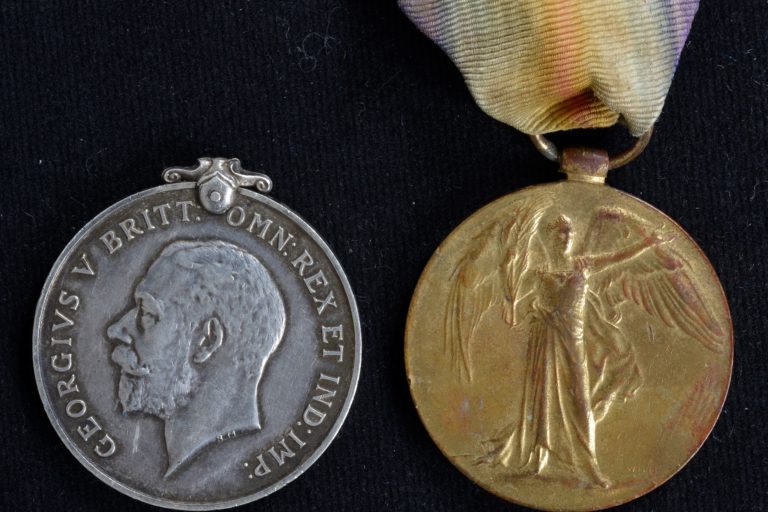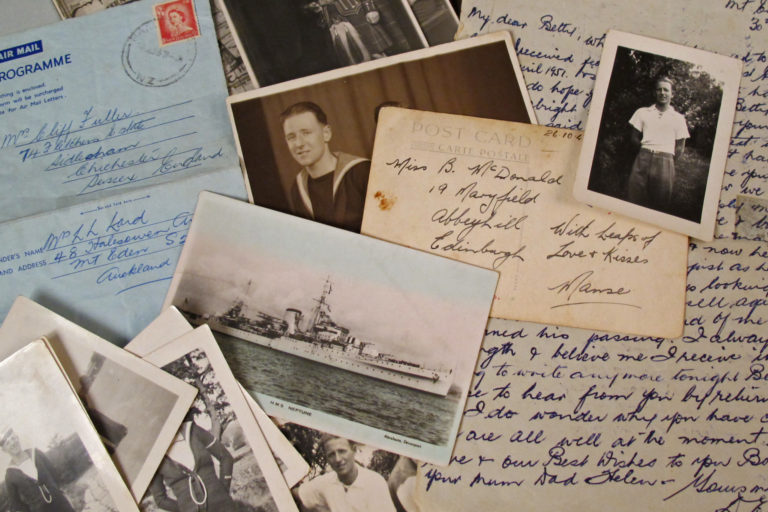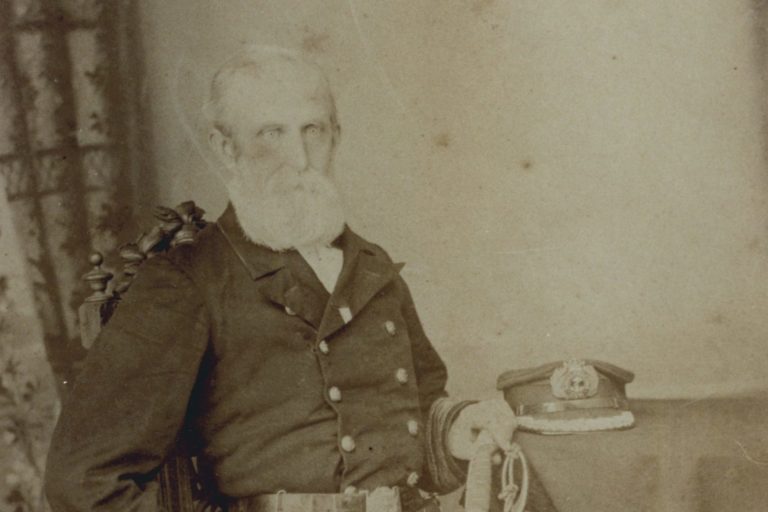During World War One the Royal Navy had several classes of reserves and New Zealanders were represented in all.
An on-going problem of the Royal Navy for at least 100 years before the outbreak of the First World War was to have enough men available to man the additional ships commissioned in wartime.
This was highlighted during the Crimean War when it was noted that when most of the reservists called out took their caps off for prayers, they were bald and they also wore glasses.
Although it was also reported that these men were generally very capable, their age was a significant detrimental factor in the rigours of life at sea.
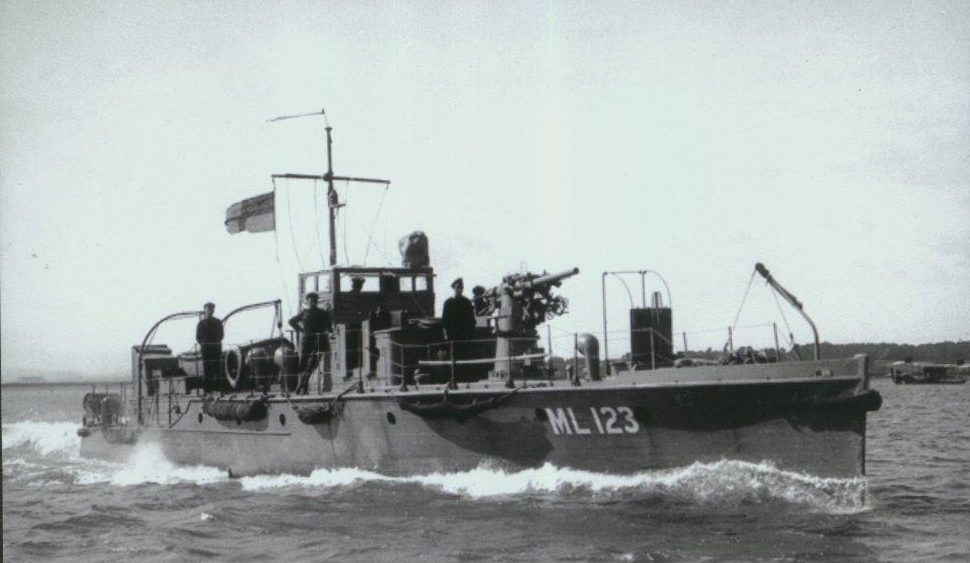
After some years of discussion it was proposed that a suitable source of trained seamen required in wartime could be found in the men of the Merchant Service.
The Admiralty took some convincing but finally in 1859 the Royal Naval Reserve (RNR) was established, but for ratings only.
It was not until two years later that the RNR included officers. To be a member of the RNR a man had to be employed at sea.
Should he take-up employment ashore for whatever reason, he was discharged or in the case of officers retired, from the RNR.
Although this provided a number of officers and ratings it did so in somewhat limited numbers and calling them out for service in the Navy was to the detriment of the mercantile marine.
A practical solution was introduced in 1900 with the formation of the Royal Fleet Reserve (RFR).
This was composed of men who had completed and engagement in the Navy, Class A being men under the age of 45 who were in receipt of pensions and Class B being those who had completed their 12 year engagement.
Within a few years this pool of reservists had grown to 22,000 men. However, particularly in the case of stokers – all new ships being powered by steam – this number was insufficient and in 1903 a new scheme was introduced.
This allowed for men to serve five years in the Navy and then seven years in the reserve.
They were identified by having the prefix “SS” to their Royal Navy service number and in the RFR they formed Class C.
Irrespective of the class, when a man transferred to the RFR he was given a new official number.
The last major type of reserve, instituted in 1903 was the Royal Naval Volunteer Reserve (RNVR).
This was formed after years of petitioning, mainly by members of the Royal Naval Artillery Volunteers which had been disbanded in 1892 (in UK).
The RNVR was composed of civilians who had a love of the sea and a desire to serve afloat in the event of war.

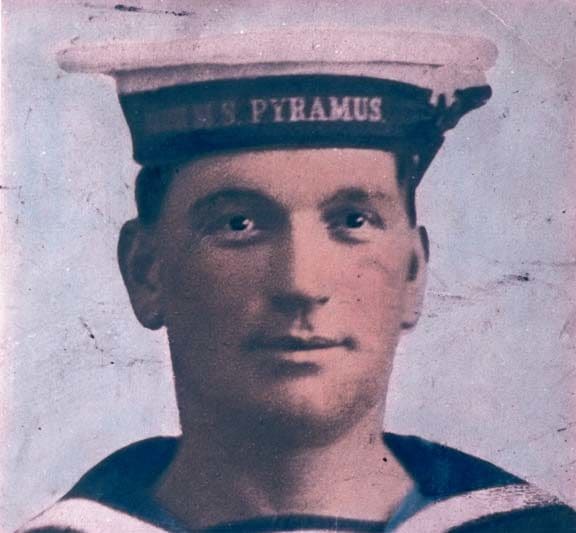
There was one other, short-lived type of reserve, The Royal Motor Boat Reserve (RNMBR).
This was a response to the perceived threat that submarines would pose in the event of war.
It was established in late 1912 to form a naval patrol service off the coast of the British Isles.
In January 1914 it became directly associated with the RNVR although still a separate entity until 1917, when it was incorporated into the RNVR.
A New Zealand branch of the RNR was established in 1903, distinguished by the designation “RNR(NZ)”.
It was never a sizeable force but Able Seaman William Knowles, who died of wounds after the landing at Alexandretta by HMS Philomel was a member of the RNR(NZ).
A New Zealand branch of the RNR was established in 1903, distinguished by the designation “RNR(NZ)”.
It was never a sizeable force but Able Seaman William Knowles, who died of wounds after the landing at Alexandretta by HMS Philomel was a member of the RNR(NZ).
At the outbreak of the war, some New Zealanders, such as Cecil Burleigh were members of the RNR and other mariners such as Walter Frame and George Luke joined the RNR after service in the Army.
A few New Zealanders who had served their time in the Royal Navy, for example George Thompson, were members of the RFR.
Others like Clyde Evans joined the RNVR shortly after war broke out and again some such as George Laycock joined after seeing Army service.
About 200 New Zealanders were recruited for service with the RNMBR.
Many of the officers in this group were subsequently the prime advocates in having a New Zealand section of the RNVR established after the war.
Members of the Royal New Zealand Yacht Squadron turned World War One Naval Officers onboard HMAS Australia.
Back Row : C H Palmer, W A Currie, N E Blomfield, W A Garden, W P Endean, C V Brown, F G Foote
Centre Row : R A Kirkwood, R Mays, W C Leys, G S Reid, L N Foote, T E Le Huquet, A E Choyce, R Philson, C Armitage, W L Sheffield
Front Row : L Jenkinson, G T George, D V Hanna, T M Alexander, B W Beaumont, C Harrison-Smith, E C Alexander, W Nolan, T C Webster
Absent : G E L Alderton, J C Hewson, J A Hardie


